
When a bonsai tree is dead, it will be evident from its physical appearance. The leaves of the tree may turn yellow and curl up or become brittle. Stem ends may have blackened sections which indicate that they are no longer able to take in water and nutrients. The branches will also be brittle and break easily when bent. If there has been an extended period of dryness with no sign of life returning, it is likely that the bonsai tree has died.
Contents:
Signs of a Dying Bonsai Tree
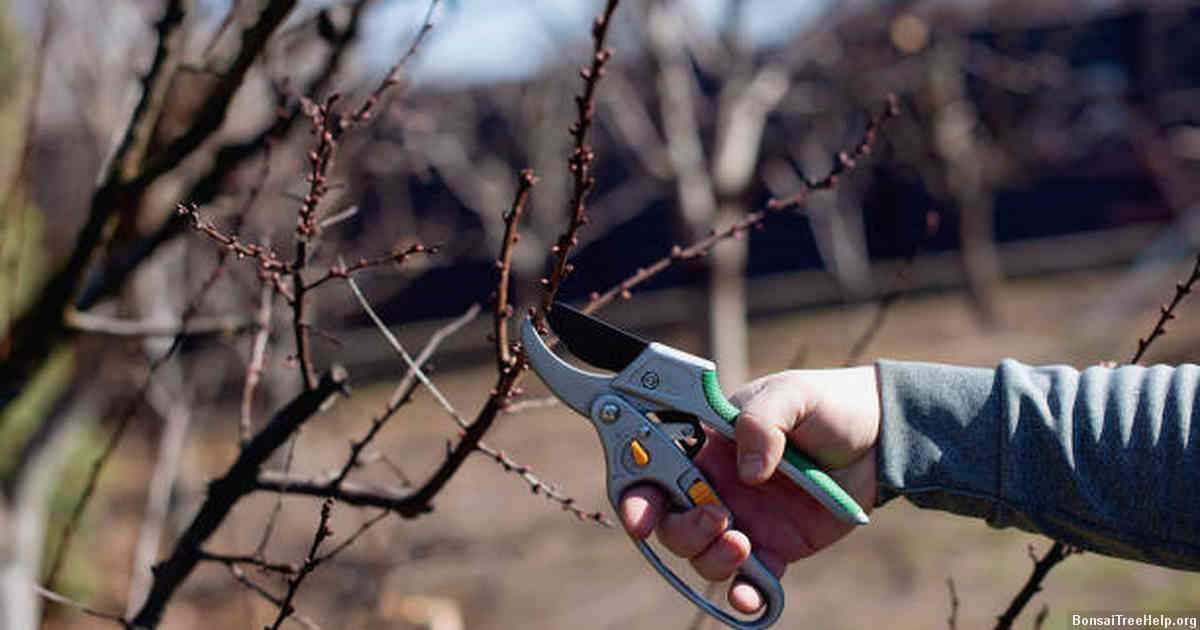
Knowing the signs of a dying bonsai tree can help you address any issues quickly before it is too late. Poor soil maintenance, incorrect watering technique and inadequate lighting are some common reasons behind death of a bonsai plant. When these conditions are not rectified promptly, they may lead to a wilting bonsai. Wilted plants lack turgor pressure in their leaves because they cannot take up enough water through the roots due to stressors such as overwatering or underwatering. This causes the leaves to become limp and brownish-yellow in color. Another sign that your bonsai tree is starting to die is when the bark or trunk appears unusually dry and brittle with deep cracks on its surface; it may also start shedding off in patches. Dead branches signify weak health of your bonsai plant, which may be caused by pests, fungus or low levels of nutrients within the soil mix. If there is no growth seen over time despite taking proper care then chances are high that your little tree has already died away from undernourishment or even root rot due to poorly maintained irrigation cycle.
Common Causes of Bonsai Trees’ Death
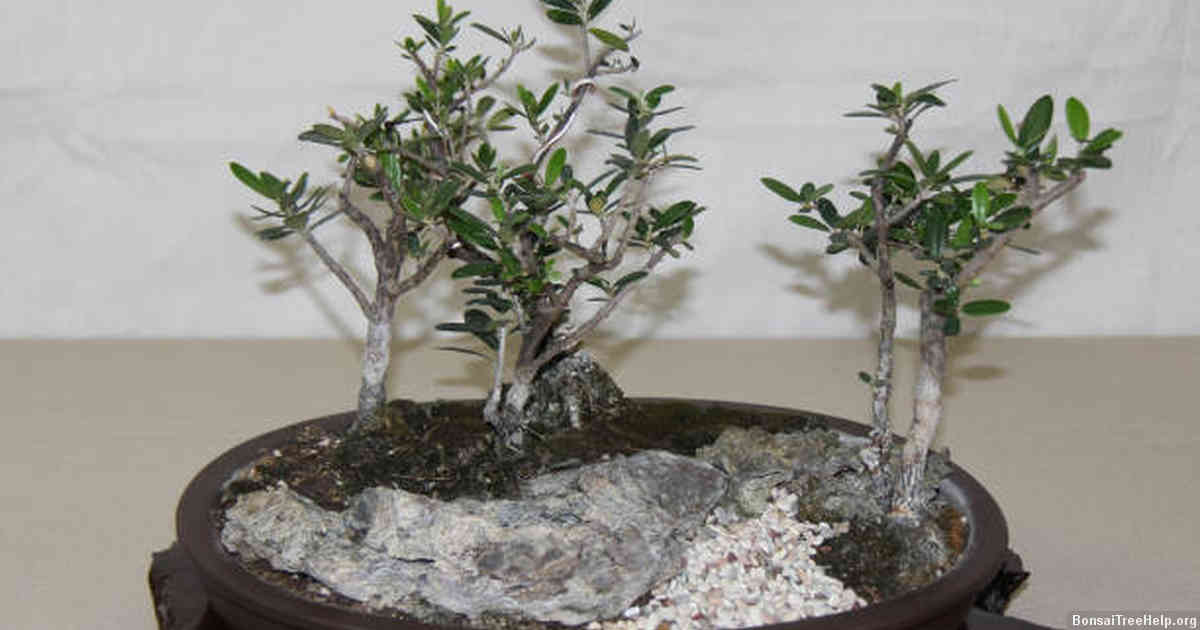
When it comes to caring for bonsai trees, there are a number of factors that can contribute to their death. Not knowing what causes the tree to die is one of the most heartbreaking experiences for an avid bonsai tree enthusiast. One of the most common reasons why a bonsai tree may die is from neglect or poor care. Without proper watering and fertilization schedules, even hardy varieties can suffer. Inappropriate pruning techniques also play a role in premature death of these delicate plants as they require precision to maintain their desired shape.
Another prevalent cause behind the mortality rate of bonsai trees can be attributed to insect infestation and fungal infections like root rot. These ailments often occur when a gardener forgets to clear away old leaves or uses too much soil around the root ball. This excessive amount of earth around the roots prevents oxygen from reaching them and leads to their eventual demise. Other external threats such as cold temperatures, hot winds, and direct sunlight can harm sensitive varieties by leading them into shock or dehydration if not adequately monitored and treated on time.
In some cases, a lack of nutrients may be responsible for causing bonsais’ death as well – inadequate fertilizing or not using special potting mixes can compromise soil’s quality thus preventing necessary minerals from entering into its system resulting in slow growth or even worse, complete cessation of its life processes altogether. Overfertilizing with salts could burn up needed nutrients which lead to stunted growths while improper watering might damage outer layers due to excessive moisture left inside soil particles which eventually stunts overall healthiness significantly weakening it more than anything else ever will combined together outside any intentional doing.
Factors Affecting the Lifespan of Bonsai Trees

When it comes to proper care and maintenance of bonsai trees, there are several factors that can affect their lifespan. These include the climate, type of soil used, the watering cycle and pruning techniques utilized.
Climate plays a big role in the life of a bonsai tree; some species will prefer hot weather while others tolerate colder temperatures better. The ideal temperature range for bonsai tree growth should be between 18°C-30°C (64°F-86°F). Sunlight is also important for healthy plant growth so make sure to provide your bonsai with at least 4 hours of direct sunlight each day.
The type of soil used can also influence how long a bonsai tree lives; fast draining mix such as Akadama or Boon Mix is preferred by most species over traditional garden soils because they allow air to reach roots easily which helps prevent overwatering and root rot. Using organic fertilizer every couple months will supply essential nutrients needed for optimal growth and health.
Water cycles need to be adjusted accordingly depending on the season; usually once or twice per week during summer months and once every two weeks during wintertime should be sufficient enough to keep your bonsai alive and thriving. Pruning is an important step in maintaining its shape but when done improperly can cause damage and shorten its life span even further so make sure you understand exactly how much you should cut before taking action.
Tips to Ensure Longevity of Your Bonsai Tree
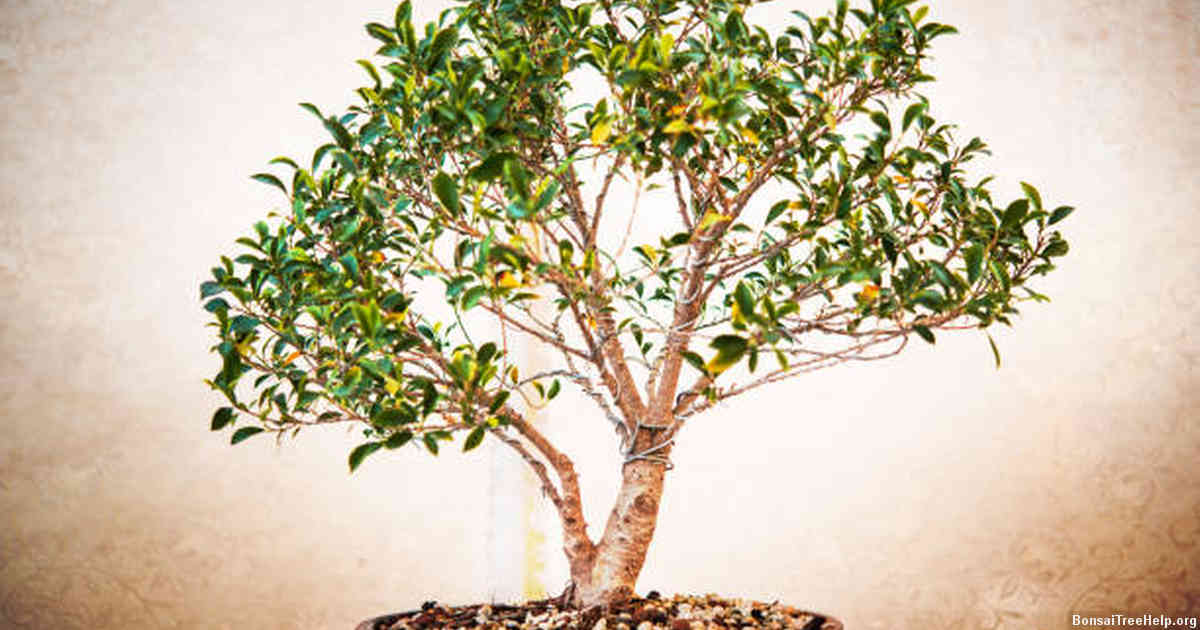
Having a bonsai tree is great for many reasons; however, keeping it alive and healthy takes time and effort. To guarantee longevity of your bonsai tree, here are some tips to follow: Firstly, ensure that the pot has excellent drainage. Poor draining can lead to root rot and eventually death of the tree if not corrected right away. Look for roots outside of the container or waterlogged soil as an indication that there might be an issue with drainage. If either occur, adjust the container or relocate it to prevent further damage. Another important tip is selecting the right type of soil for your particular species. Make sure to use good quality soil with enough organic matter as different types have different requirements. Depending on where you live, you may need to add additional amendments like lime or sand for optimal growth results in order to create more porous mixture which helps with both aeration and water absorption capabilities.
When caring for your bonsai plant remember all trees love sunlight but too much direct sun can cause leaves to burn so it’s best that they get half day of morning sun exposure instead full day all at once – especially during summer months when temperatures tend to rise quickly. A good practice is giving them just what they need but no more than six hours per day in warmer climates while in colder areas around four hours should suffice due regular temperature drops during evenings and nights.
How to Revive a Struggling Bonsai Tree
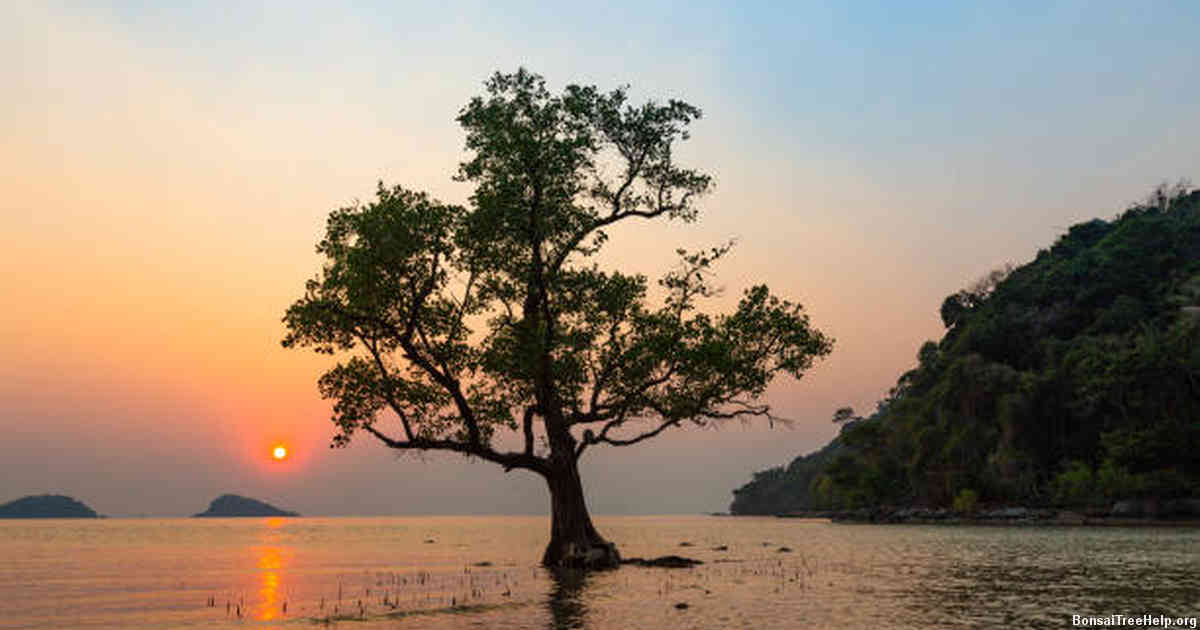
In some cases, it may be possible to revive a struggling bonsai tree. This is especially true for trees that are still in the early stages of dying and have not yet exhibited major signs of being dead. To start, trim away any dead or damaged branches or foliage from the tree so that it can focus its resources on growing back healthier. Repot the tree using new soil and fertilizer specifically tailored to bonsai needs. Gently reposition the root system in such a way as to promote future growth rather than crowding the roots together. Then place the tree in an area with sufficient light and humidity to ensure proper growth conditions going forward. Consider applying an insecticide if there are any visible pests present on or near your bonsai as these could impede its recovery over time.
Once this setup process has been completed, it is important to maintain regular attention and observation of your recovering bonsai tree in order to ensure continued healthiness over time. Water regularly – usually every few days depending on local environmental conditions – making sure never to underwater or overwater your plant. As necessary, trim away any diseased or dead material from affected branches so as not to spread infection throughout the rest of the tree’s structure. Fertilize at least once a month but no more than twice per month with a special formula designed for use with miniature plants like bonsais (no general purpose gardening fertilizer). With steady guidance along these lines, you should begin seeing positive results fairly soon after starting maintenance care procedures.
When to Consider Letting Go of a Dead Bonsai Tree
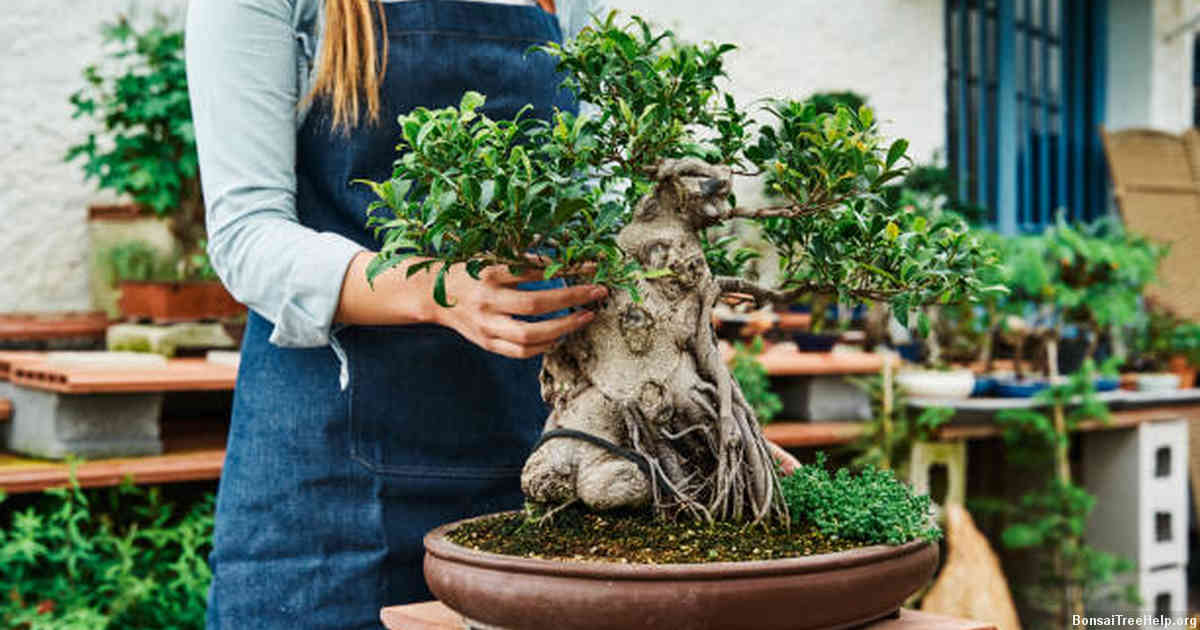
Choosing to part ways with a beloved bonsai tree is not an easy decision. Even when it’s become evident that the plant has died, many people still hesitate to throw away a tree they had nurtured for so long. Unfortunately, caring for a dead bonsai can be more harmful than helpful, and sometimes recognizing this fact is key to keeping other plants in your collection healthy.
It can be emotionally overwhelming to accept that your bonsai has passed on – some may even feel guilty or responsible for its demise – but holding onto the tree won’t bring it back to life. Depending on how far gone the plant is, leaving it in soil or water can create ideal conditions for bacteria, insects and fungi growth which can spread quickly among nearby trees and put them at risk too. In this case removing the deceased tree right away would be best.
Taking into account seasonal changes should also influence one’s decision on whether or not they should get rid of their dead plant; wintertime coldness coupled with frequent temperature swings could decrease its decomposition rate so much that you might end up having to discard of it sooner than expected as maintaining hygiene conditions during such weather would prove difficult if not impossible. If you’ve decided you’d like let go of your old friend while feeling grateful for time spent together and proud of what was accomplished then rest assured: there are respectful ways to honor your bonsai even after its death such as crafting keepsakes from wood elements.
Final Thoughts on Caring for Your Bonsai Tree
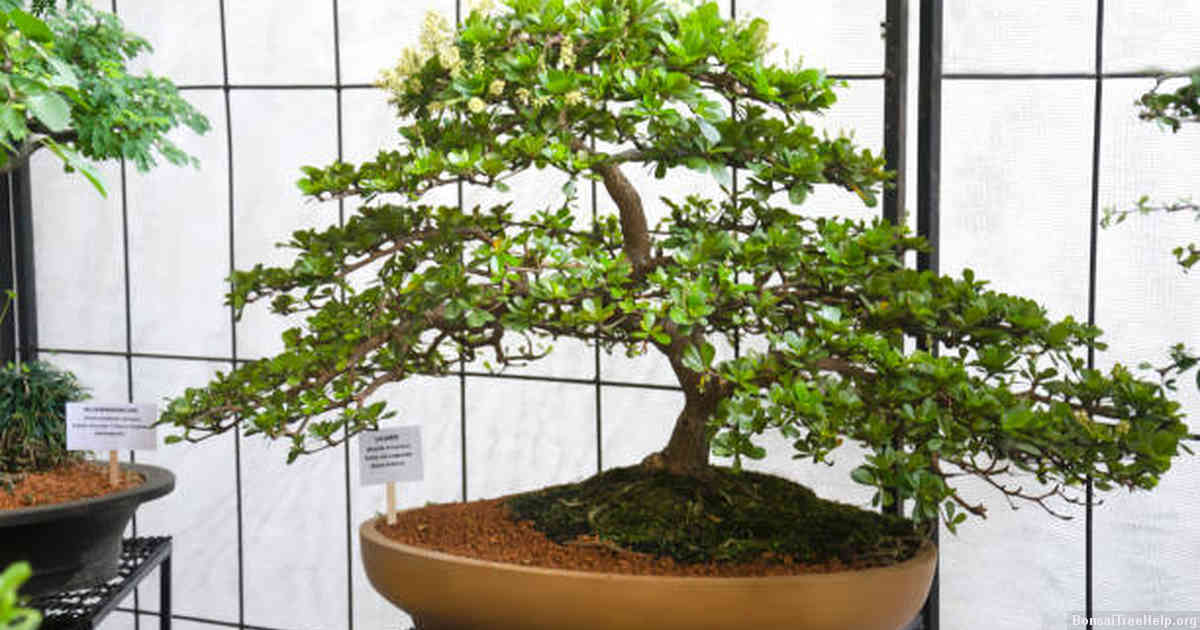
It’s important to recognize that a bonsai tree is a living thing and can only survive when it has the right conditions. It’s necessary to provide your bonsai tree with enough sunlight, water, fertilizer and pruning in order for it to thrive and grow. To help maintain healthy growth, it’s important to not overwater your plant as this can lead to root rot or encourage the spread of pests and diseases. You may want to consider investing in high-quality soil so your tree won’t become overly dry or soggy due to incorrect potting mixes.
You should check up on your bonsai tree every week or two by inspecting its leaves for any signs of stress or disease such as discolouration or wilting. Trim away any dead branches and if necessary re-pot the plant into fresh soil before further damage takes hold. Taking these preventative measures will help ensure the long life of your treasured bonsai companion.
Leave a Reply